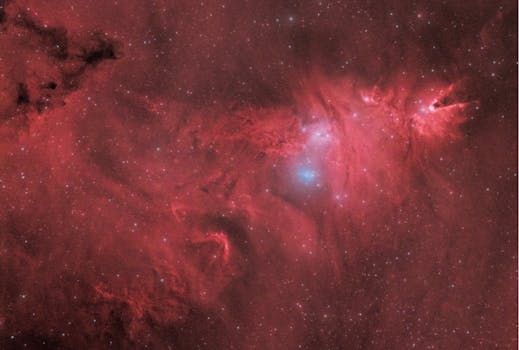
“
Beyond the Milky Way: Imagining New Worlds and Possibilities
Introduction to the Cosmos
Beyond the Milky Way: Imagining New Worlds and Possibilities is a journey through the vast expanse of space, exploring the possibilities that lie beyond our galaxy. The Milky Way, our home galaxy, is just one of billions of galaxies in the observable universe. As we continue to explore and understand more about the universe, we begin to wonder what lies beyond our own cosmic backyard.
The universe is estimated to be around 13.8 billion years old, with the first stars and galaxies forming around 13.6 billion years ago. Since then, the universe has undergone immense changes, with galaxies colliding, merging, and forming new stars. The universe is still expanding, with galaxies moving away from each other at incredible speeds.
Exploring the Unknown
As we look beyond the Milky Way, we enter the realm of the unknown. There are billions of galaxies in the observable universe, each with its own unique characteristics and features. Some galaxies are similar to our own, while others are vastly different, with different shapes, sizes, and compositions.
One of the most fascinating aspects of exploring the universe is the discovery of exoplanets. Exoplanets are planets that orbit stars outside of our own solar system, and they offer a glimpse into the possibility of life beyond Earth. With the discovery of thousands of exoplanets, the possibility of finding life beyond our planet becomes increasingly plausible. This exploration aligns with the themes discussed in From Stardust to Dreams: Imagining Life Beyond the Stars.
Imagining New Worlds
As we explore the universe, we begin to imagine new worlds and possibilities. We wonder what kind of life might exist on other planets, and what kind of civilizations might be out there. The discovery of exoplanets has sparked a new wave of interest in astrobiology, the study of the origin, evolution, distribution, and future of life in the universe. This topic is often explored in works like Galaxies of Dreams: How Imagination Transcends the Night Sky.
Imagining new worlds and possibilities is not just limited to the scientific community. Science fiction has long been a source of inspiration for exploring the unknown, with authors like Isaac Asimov, Arthur C. Clarke, and Ray Bradbury imagining worlds beyond our own. Their stories have captivated audiences and inspired new generations of scientists, engineers, and explorers. For further insights, check out Soaring Through the Cosmos: The Power of Imagination Beyond the Stars.
Conclusion and Takeaways
In conclusion, exploring beyond the Milky Way is a journey that takes us to the farthest reaches of the universe. As we continue to explore and understand more about the universe, we begin to imagine new worlds and possibilities. The discovery of exoplanets and the search for life beyond Earth are just a few examples of the many exciting developments in the field of astrobiology.
Takeaways from this journey include:
- The universe is vast and full of mysteries waiting to be uncovered.
- The discovery of exoplanets offers a glimpse into the possibility of life beyond Earth.
- Imagining new worlds and possibilities is a key aspect of exploring the universe.
- Science fiction has long been a source of inspiration for exploring the unknown.






